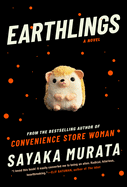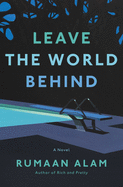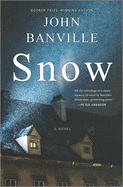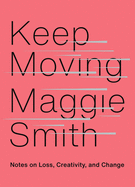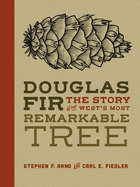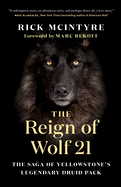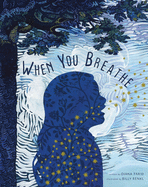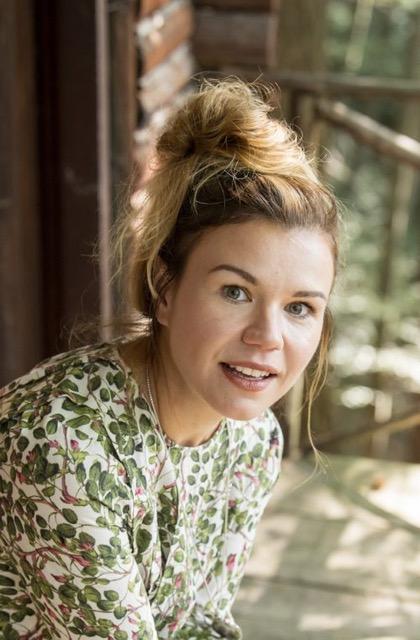 |
| (photo: Astrid Eckert) |
Romy Hausmann was born in East Germany, and at 24 became managing editor of a Munich television production company. She has published several novels in Germany but Dear Child, which Flatiron will publish October 6, 2020, is the first to be translated into English. It's also Hausmann's first thriller, depicting what happens after longtime victims of abduction manage to escape from captivity. Hausmann lives with her family in the woods near Stuttgart.
You've published before, but this is your first thriller. What inspired the switch to this genre?
For many years, I'd not read thrillers myself, almost only literary fiction. Most of my own memory of the genre goes back to holidays in Italy as a teen in the 1990s, when I'd run out of my own reading and I would pick up my mother's books; she used to read rather light crime fiction and thrillers. The language was often too flat for me and the psychology felt neglected. All in all, I found thrillers completely uninteresting.
Until many years later, when I happened to read Gone Girl by Gillian Flynn and Girl on the Train by Paula Hawkins. Is that what thrillers could be like these days? That language, that psychological depth, that complexity. I was stunned by my enthusiasm and immediately thought, I want to write something like that!
Dear Child explores the meaning of freedom, how sometimes imprisonment doesn't require four walls or captivity. You grew up in East Germany. What did freedom mean to you then? Where did you find it and how did you experience it?
I was a child at the time and our living conditions were normal for me because I had no means of comparison. My parents were also born into this system, and we basically only knew what "freedom" could look like from TV (there were only two state channels in the GDR at the time; we watched Western TV with a specially designed antenna).
I remember there had always been discussions at home about escaping to the West, that that was my parents' life mission: to make and realize the ultimate escape plan. And I also knew I couldn't tell anyone about it because otherwise the Stasi would have come and taken my parents away.
Nevertheless, I had a good childhood, and as a child it's about other things that make you feel free. Hanging out with friends, climbing trees. I think I only realized later how bad [living in the GDR] must have been for the adults, and how much it had shaped me that at home everything was about this one topic. Now that I've grown up, "freedom" is still my greatest asset. I hate setting limits on myself, or having them set by others.
When the Berlin Wall came down, how did the meaning of freedom change for you?
It used to be about a geographical boundary, freedom of expression and the ability to buy what you wanted, go on vacation to wherever you wanted, learn the profession you wanted to work in. After the fall of the wall, all of that was there and available. Today, I'm focused on stretching the personal boundaries I have in my head. To do things even if they scare me or I might fail, always bearing in mind I have only this one life.
Another theme in Dear Child is that well-intentioned people and those who willfully cause harm are perhaps not too different from one another. It's an uncomfortable thought but the story shows how that can be true.
Life is not black and white, just as we humans aren't either. We all live in our own "gray." Imagine that you are a good person, but someone does something bad to your child. I bet you could become a monster in those circumstances--at least I would.
This is what Dear Child is about. It's not about a bad person who is crazy or degenerated from birth and does cruel things purely for his own fun. This is about normal people who've had their psyche scratched by what has happened to them in their life, and who are now doing what they think is right, even if they objectively cross social and moral boundaries. But they don't notice that anymore; they are trapped in themselves. I think that is also what makes Dear Child so uncomfortable--we suspect that under certain circumstances, we too could mutate into these monsters.
You live in a remote house in the woods. Part of the book is set in the woods. How much of your own surroundings is reflected in the story?
A lot! I am often out in the woods and go for walks. These huts are a common sight. Of course, they are more likely to be used by forest farmers to lock away their equipment. But theoretically, one or more people could be held there and no one would get suspicious.
The scenes dealing with the treatment of children in the psychiatric facility seem very realistic. How much research did you do to achieve this?
Psychology is my hobby. Of course I had to do some research, but I didn't see it as work, and it mainly satisfied my own fundamental interest. Especially when writing from Hannah's perspective, I benefited from the fact that I am--or at least I think I am--a very empathetic person. I just imagined what it would be like if I had been locked up in a hut all my life and now had contact with the real world for the first time. It seemed to go remarkably well.
When the book was finished, I did speak to a trauma expert who confirmed I had understood the behavior and mechanisms of the victims in a way that, in their experience, could have happened in reality.
The book is quite unsettling. When you like to be scared, what and who do you read?
I actually read exactly the kinds of books I write myself. I'm not interested in serial killers who go out for fun and stage some bloodbath. I don't like to read about spilling guts and gallons of blood. I want to read about normal people with whom I can identify. I find that a lot more creepy. I love Gillian Flynn, all of whose books I've read now, but also Harlan Coben, Paula Hawkins, John Marrs. I've also been very impressed by the Scandinavian Ane Riel, as I've been with Fiona Cummins, whose latest novel, When I Was Ten, I recently read as an early proof. And of course we also have some really good authors in Germany.
What's next for you?
My second thriller, working title Marta, Asleep, will be published in Germany soon, which is very exciting for me. I will also be on a reading tour again, which is always great fun, and I have just completed the planning phase for my third thriller. --Elyse Dinh-McCrillis
 In the early days of quarantine, I picked up a crime novel from a neighbor's Little Free Library. I'd heard of Sara Paretsky, but hadn't read any of her mysteries featuring wisecracking Chicago sleuth V.I. Warshawski. By the time I'd finished Dead Land (Morrow, $28.99), I was more than willing to go back to the beginning of V.I.'s adventures, Indemnity Only (Dell, $7.99). I'm now halfway through the series, which so far comprises 20 novels and a short story collection.
In the early days of quarantine, I picked up a crime novel from a neighbor's Little Free Library. I'd heard of Sara Paretsky, but hadn't read any of her mysteries featuring wisecracking Chicago sleuth V.I. Warshawski. By the time I'd finished Dead Land (Morrow, $28.99), I was more than willing to go back to the beginning of V.I.'s adventures, Indemnity Only (Dell, $7.99). I'm now halfway through the series, which so far comprises 20 novels and a short story collection.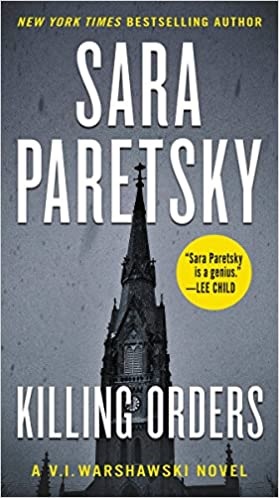 Paretsky has spent her adult life in Chicago, and her novels turn a keen eye on its financial corruption, backslapping politics, complicated modes of transportation and always-simmering ethnic tensions. V.I.--"Vic" to her friends--grew up on the South Side, the daughter of a Polish cop and an opera-singing Italian mother. After law school and a stint as a public defender, she set up her own private detective business. But the crimes that drive Paretsky's narratives are rarely the routine financial investigations that pay Vic's bills. Instead, she gets caught up in other, far more compelling cases: a monastery accused of counterfeiting securities (Killing Orders, Morrow, $9.99), a Filipina prison escapee tied to a labor scandal (Hard Time, Dell, $7.99), a childhood friend who begs Vic for a favor with disastrous consequences (Blood Shot, Dell, $7.99).
Paretsky has spent her adult life in Chicago, and her novels turn a keen eye on its financial corruption, backslapping politics, complicated modes of transportation and always-simmering ethnic tensions. V.I.--"Vic" to her friends--grew up on the South Side, the daughter of a Polish cop and an opera-singing Italian mother. After law school and a stint as a public defender, she set up her own private detective business. But the crimes that drive Paretsky's narratives are rarely the routine financial investigations that pay Vic's bills. Instead, she gets caught up in other, far more compelling cases: a monastery accused of counterfeiting securities (Killing Orders, Morrow, $9.99), a Filipina prison escapee tied to a labor scandal (Hard Time, Dell, $7.99), a childhood friend who begs Vic for a favor with disastrous consequences (Blood Shot, Dell, $7.99). 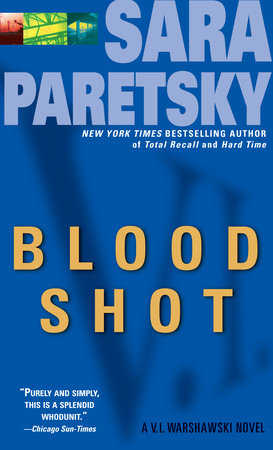 These cases provoke V.I.'s curiosity and her strong sense of justice, as well as her fierce commitment to underdogs. (Her encounters with friends, enemies and the cops call forth her caustic sense of humor, with varied but always entertaining effects.)
These cases provoke V.I.'s curiosity and her strong sense of justice, as well as her fierce commitment to underdogs. (Her encounters with friends, enemies and the cops call forth her caustic sense of humor, with varied but always entertaining effects.)


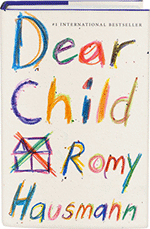


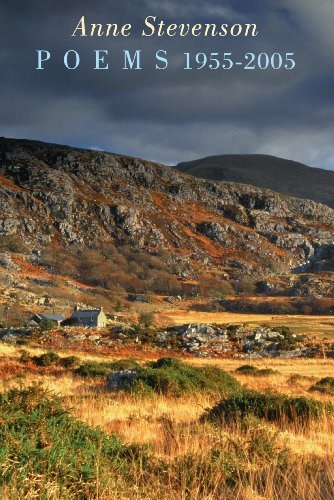 Anne Stevenson, the poet and biographer of Sylvia Plath, died September 14 at age 87. The
Anne Stevenson, the poet and biographer of Sylvia Plath, died September 14 at age 87. The 